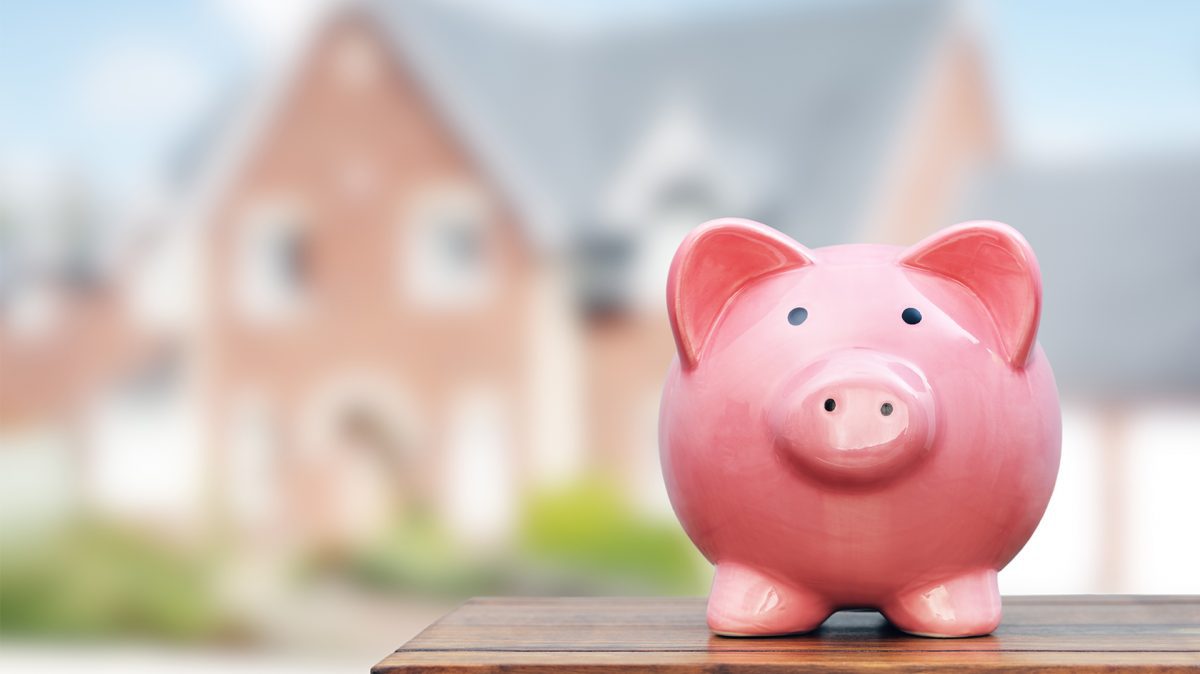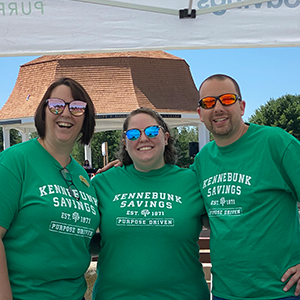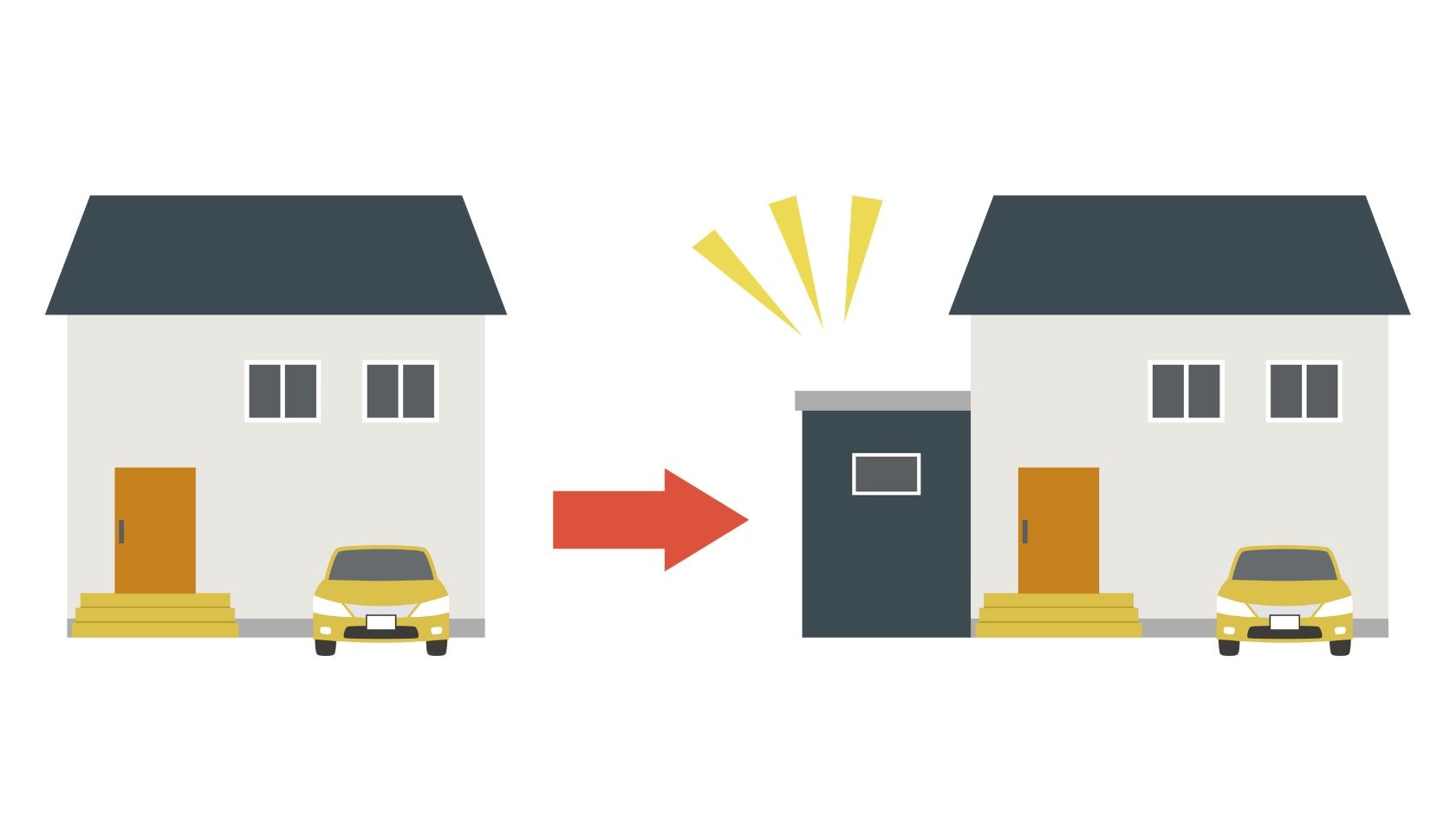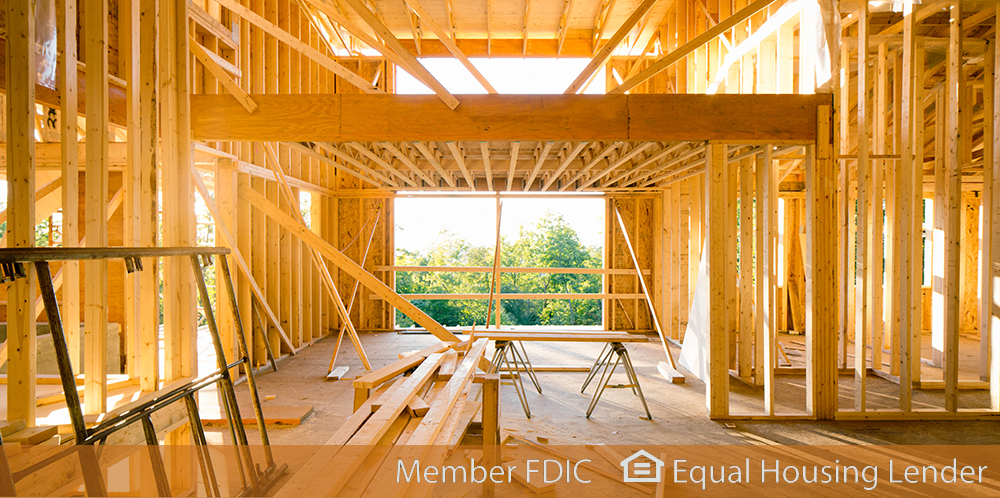
The idea of saving for a down payment on a home can be an overwhelming prospect for first-time homebuyers.
The trick is to take it one step at a time, and not get discouraged. Here are eight tips you can use to help you save, and move a little bit closer to buying a home you’ll love.
1. Know Your Budget
The first step toward saving for a down payment on a home is to know how much home you can afford.
The amount of money you’ll need for a down payment will vary based on your personal situation and the purchase price of your new home. Research the price range of the type of home you’re looking for. You can do this by visiting real estate websites to view the value of homes in the neighborhoods you like.
You may qualify for loan programs that require from as little as 2 percent for a down payment to as much as 20 percent, based on the purchase price of the home. Now, 5 percent may sound like the better option, but remember that buying a home is a balancing act. The higher the down payment, the lower the monthly mortgage payment you will enjoy. Programs with less than 20 percent required for down payments also typically have higher closing costs and fees—private mortgage insurance (PMI), for instance—or a higher rate. You should also keep in mind that a down payment of less than 20 percent generally requires PMI premiums to be added to your monthly payments.
Whatever you are comfortable with, 5 percent or 20 percent of “I don’t know” is a tough goal to reach, so it’s best to work backwards from the purchase price of the homes you are most interested in.
2. Understand Your Expenses and Calculate Your Debt-to-Income Ratio
Look at your gross monthly income and how much of it you currently spend on regular bills and expenses (student loans, car payments, credit card debt). Tracking your spending by writing it down is a great way to see where your money goes every month.
Generally speaking, your future housing expenses (i.e. mortgage payment, property taxes, and home insurance) should account for about a third of your monthly income. However, that doesn’t really take into account an individual’s specific financial responsibilities, so make sure you look at all of your monthly expenses before deciding how much you can spend on mortgage payments. When a lender evaluates your ability to repay a home loan, they will add up your monthly debt payments and housing expenses, and divide the total by your monthly gross income. This number should be no more than 40% and ideally even lower.
Not sure where to start? Don’t worry. There are a lot of online tools designed to help homebuyers work this out. There are a lot of online tools designed to help homebuyers work this out. Check out our online calculators to see how much you need to save today!
3. Set a Goal
Once you have an estimated budget for your future home, calculate the minimum and maximum down payment amounts and set yourself a reasonable and attainable goal. Target an amount you want to save for your down payment and include a timeline, such as, “I want to save $8,000 by next Christmas.”
4. Reevaluate Current Bills
While you were reviewing your monthly expenses, did you notice any bills that seem higher than they should be? A great way to save for a down payment on your first home is to find places where you can limit unnecessary spending without losing services.
What do we mean by that? An unnecessary expense might be something like that extra cable package, or the gym membership you haven’t used in six months. Those you can cut right away. But then there are things like a high phone bill, or even your car insurance—you need them, but you may not need to be paying so much for them.
Call your providers and find out if there are discounts available, or services you can combine or don’t need that could cut down on your monthly payments. If you’re making unnecessarily high payments, shop around a little and see if you can find lower rates, without sacrificing coverage.
The key to making this a successful step toward saving for a down payment is to take those saved expenses and funnel them directly into your savings account. That brings us to our next tip.
5. Set Automatic Deposits or Transfers
One of the easiest ways to save money is to set it aside where it isn’t available for spending. If your employer provides direct deposit, you should be able to send part of each paycheck directly to your savings account. If not, see if your bank has an option for automatic transfers, and make a standing monthly transfer to your savings account that you don’t even have to think about. You can’t miss it if it wasn’t there to spend in the first place!
6. Save All “Extra” Money
However long your timeline is for saving for your down payment, promise yourself that for that length of time you’ll put any gifted funds or windfalls you may receive toward that down payment. Get a bonus at work? Put it toward the down payment. Grandma gives you $50 for your birthday? Put it toward the down payment. It may seem too small to make a difference, but every little bit helps. Plus, it will help you build a habit of saving that will serve you well as a homebuyer, and as a homeowner.
7. Match Your Savings to Your Discretionary Spending and Avoid Impulse Buys
Another good habit is to match any discretionary spending with an equal deposit to your savings account. Looking at that $750 TV? Only purchase it if you can buy it and also put $750 into your down payment savings account. That way, you’ll not only build savings, but maybe consider your impulse buys a little more carefully.
8. Talk to a Lender
The other thing you need to remember when considering your first home purchase is that there are loan programs specifically designed for first-time homebuyers, which often include the low down payment options we discussed earlier. Even if you aren’t ready to buy a house today, it can be helpful to talk to someone who understands the current lending environment and the market of the area you’re hoping to buy in. That way, you’re not only saving for your down payment, you’re preparing for what comes next.


